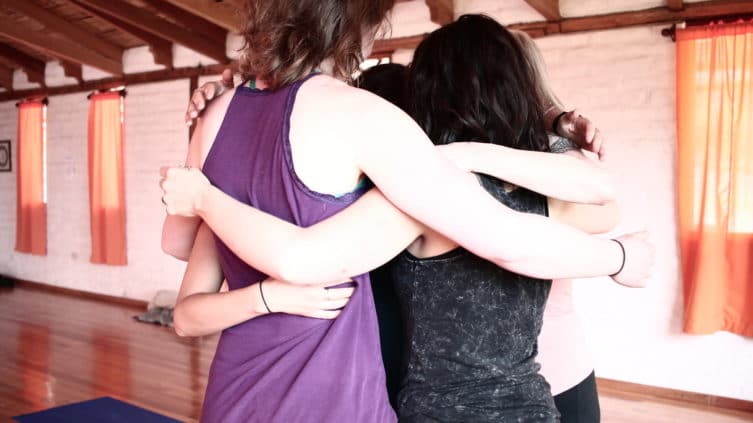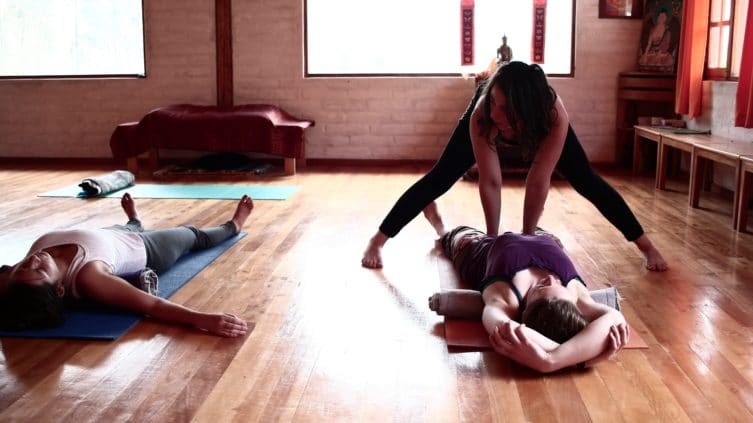The Power Of Svadhyaya & Group Yoga
Eight Limbs of Yoga
If you are a Yogi, you might be familiar with the Eight Limbs of Yoga written by Pantanjali in The Yoga Sutras. Even if you are not a Yogi, you may realize there is more to yoga than yoga postures. The Eight Limbs provide a recipe for spiritual development beyond yoga postures.
Understanding the limbs intellectually is one thing and entirely another to understand experientially. Yogis know this and choose to spend time practicing among people in real time for ideal growth.
The first two limbs are the Yamas and Niyamas. Both outline moral and ethical suggestions on how we should relate to people and things outside ourselves (Yamas), as well as our own internal attitude towards ourselves (Niyamas).
Svadhyaya
One guideline of the Niyamas is Svadhyaya. Sva means Self; adhyaya means inquiry or examination. Combined, Svadhyaya means Self-study or Self-examination: a practice of intentionally finding Self-awareness within our “activities…even to the point of welcoming and accepting our limitations.”
What better way to observe your Self than participating in an intentional group?
Being part of a group can be a profound learning experience. Because you can’t hide from others, a level of vulnerability is present. A product of that vulnerability is our opportunity to gain deeper compassion for ourselves and others while expanding our self-understanding through Svadhyaya.
I spent an entire month in SomaVeda™ Thai Yoga Training courses five separate times – all with intensive group exposure. Ten days in silence at a Vipassana retreat offered a different group dynamic. Participating in two yoga teacher trainings provided space even further for exploration within a group. All of these events brought about immediate revelations as they highlighted my social-,emotional-, and fear-based patterns through constant exposure to new people and new information.
Group Consciousness
Whenever one member would experience an intense emotion, you could sense the intensity pervade the entire group consciousness: for example, the group could go from a calm tide to a burst of sadness, given the situation. This exemplifies the power of a group as a reflection of your experience. Whatever emotions you are emitting vibrationally, you will see in the others around you.

Personally, I enter Svadhyaya and ask: am I seeing myself in this person; is this something I’m projecting; why do I feel this way? It takes a particular kind of devotion to ask these uncomfortable questions. It also takes support, guidance, trust.
Reflection and Self-examination
People within a group ultimately show you what at first you cannot see. By choosing to spend time this way, you are given the opportunity to use the practice of Svadhyaya so that you evolve into a deeper understanding of your innate humanness. Your tendencies, emotional patterns, fears, passions and strengths could emerge.
We create structures in our lives that skillfully hide our destructive habits. When we choose to enter a community of spiritual aspirants, we’re invited to discover what is hidden while at the same time we honor our truth and light.
What could be more liberating than acknowledgment of the real YOU? Visit our homepage for all the latest information.
Stay tuned for Alex Ryberg’s Retreat coming in late 2017.





